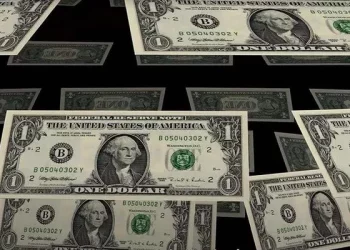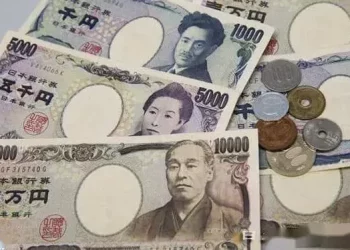The Indian Rupee (INR) faced downward pressure on Thursday driven by heightened demand for the US Dollar (USD) among oil importers and hawkish sentiments expressed by Federal Reserve (Fed) officials. Additionally, the ongoing weakening trend among Asian currencies continues to weigh on the INR. However, the downside risk for the INR may be contained due to interventions by the Reserve Bank of India (RBI) in the foreign exchange market aimed at curbing INR depreciation.
The Reserve Bank of India (RBI) unveiled its monetary policy committee (MPC) schedule for the upcoming fiscal year 2024–25, commencing from April 1, 2024. The initial policy meeting is scheduled from April 3–5, with the RBI expected to maintain interest rates at current levels at least until July, buoyed by robust economic growth and persistent inflationary pressures. Looking ahead, market participants are eagerly anticipating the release of the US Gross Domestic Product Annualized (Q4) data on Thursday, projected to exhibit stable growth at 3.2%. Despite market closure for Good Friday, Friday’s focus will remain on the US February Personal Consumption Expenditures Price Index (PCE).
In other market developments, India’s Current Account Deficit narrowed to $10.5 billion or 1.2% of Gross Domestic Product (GDP) in the fourth quarter (Q4) ending December 2023, down from $11.4 billion reported in the previous period. Morgan Stanley has revised India’s GDP growth forecast for FY 24-25 upwards to 6.8% from the earlier projection of 6.5%, citing sustained growth in industrial and capital expenditure activities. Conversely, S&P Global has raised concerns by forecasting India’s GDP growth for FY25 at 6.8%, lower than RBI’s estimate of 7%, and anticipates a 75 basis points reduction in interest rates by the end of the fiscal year.
Fed Governor Christopher Waller remarked on Thursday that the central bank is not hastening to reduce the benchmark rate and may need to maintain the current rate target longer than initially expected. Waller emphasized the necessity for more progress in inflation before considering rate cuts.
From a technical perspective, the Indian Rupee remains subdued, with USD/INR continuing its upward trajectory since breaching a multi-month descending trend channel last week. The pair retains its position above the critical 100-day Exponential Moving Average (EMA) on the daily chart, with the 14-day Relative Strength Index indicating upward momentum above the 50 midline. This suggests that support levels are more likely to hold than break, with potential for further upside.
The next significant resistance for USD/INR lies at an all-time high of 83.49, beyond which a rally towards 84.00 (round figure) could ensue. Conversely, initial support is identified at 83.20 (March 21 high), followed by 83.00 (psychological level, the 100-day EMA). A breach of these levels may signal a resurgence of selling pressure, potentially resuming the downtrend.

























